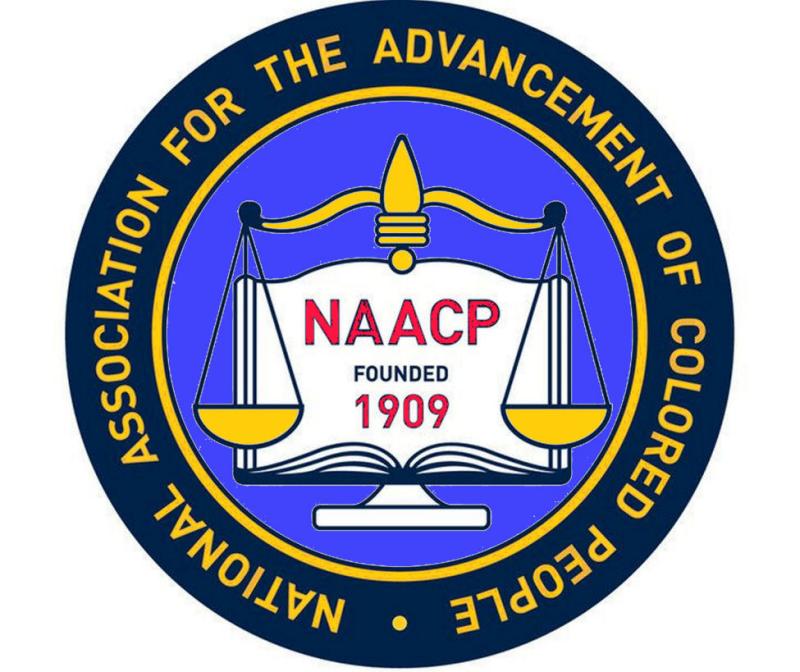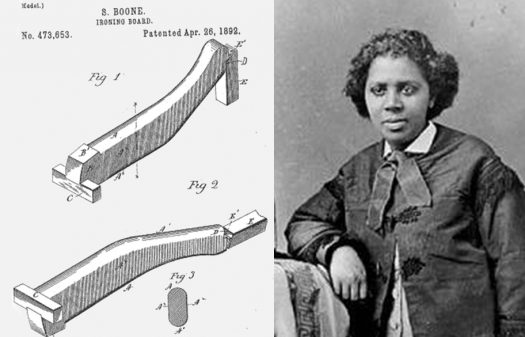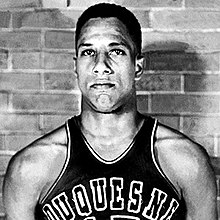This Day In History: February 12th
After a deadly race riot in Springfield, Illinois, turned the city upside down, activists truly recognized the need for an organization that would address racial justice. The solution to this need proved to be the National Association for the Advancement of Colored People (NAACP).
The Springfield Riot of 1908 appalled white liberals including Mary White Ovington, Oswald Garrison Villard, William English Walling and Dr. Henry Moscowitz who issued a call for a meeting to discuss racial tensions. More than 50 people attended the meeting and voices from the African-American community included W. E. B. Du Bois, Ida B. Wells-Barnett and Mary Church Terrell.
On February 12, 1909, the NAACP was officially underway and sought to secure the rights guaranteed in the 13th, 14th, and 15th Amendments to the United States Constitution for all people. The mission of the organization was also to achieve political, educational, social and economic equality.
The NAACP established its national office in New York City in 1910 and Moorfield Storey served as its first president. With the direction of W.E.B. Du Bois, the NAACP launched The Crisis magazine the same year. The magazine published intellectual and artistic work from African-Americans, and it became a popular voice of the Harlem Renaissance.
By 1913, the organization had offices in cities such as Boston, MA, Baltimore, MD, Kansas City, MO, St. Louis, MO, Washington, D.C., and Detroit, MI. Membership grew rapidly under the leadership of Joel Spingarn and the organization expanded to more than 300 local chapters.
When the Great Depression struck in the 1930s, the organization decided to focus on economic justice. The NAACP was able to work with President Franklin D. Roosevelt to open jobs for the African-American community. Roosevelt also set up a Fair Employment Practices Committee (FEPC) to ensure compliance.
The NAACP also established the Legal Defense and Educational Fund which was headed by Thurgood Marshall. The organization won a major victory with the Brown v. Board of Education decision to end segregation of public schools. The Washington, D.C bureau was instrumental in the integration of the armed forces, the passage of the Civil Rights Acts (1957, 1964, and 1968) and the Voting Rights Act of 1965.
Despite changes in leadership over the years, the organization has remained a leading advocate for the rights of the African-American community. From protesting mass murders and social injustice to major legal victories and legislation, the NAACP was a catalyst for change and served as an example for the other activist organizations to follow.
Originally posted 2021-02-12 10:30:04.








